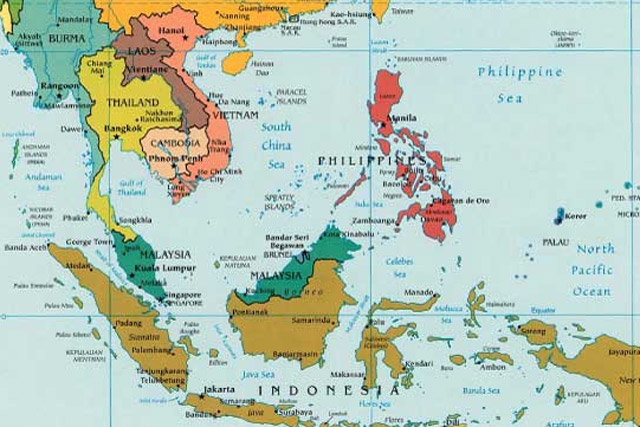ASIAN HISTORY AND GEOGRPAHY
Since nearly everything depends on history and geography, learning this chapter before any other subject is essential if you want to understand the precise facts of economics and science.Since nearly everything depends on history and geography, learning this chapter before any other subject is essential if you want to understand the precise facts of economics and science.
Asia is home to the world’s earliest civilizations. Its indigenous cultures pioneered many practices that have been integral to societies for centuries, such as agriculture, city planning, and religion. The social and political geography of the continent continues to inform and influence the rest of the world.
EAST ASIA
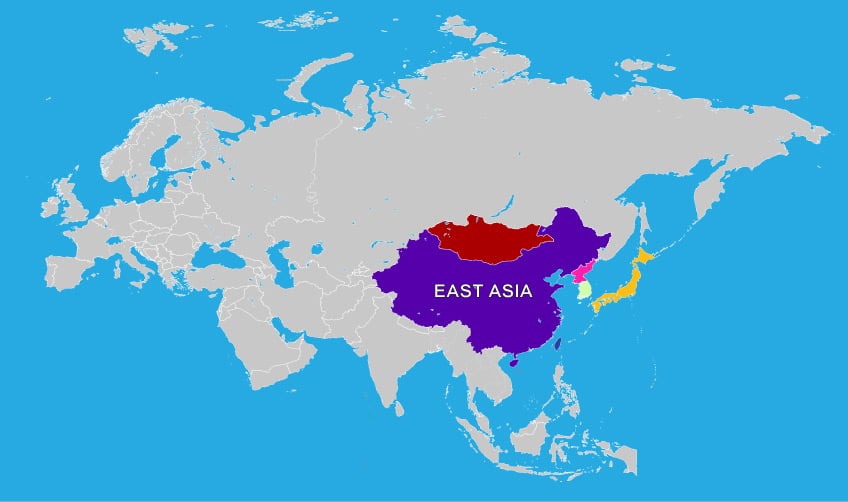
A- CHINA – GEOGRAPHY-HISTORY
B- JAPAN’S GEOGRAPHY-HISTORY
C- KOREAN GEOGRAPHY-HISTORY
D- JAPNA KOREA RELATION
E- MONGOL HISTORY
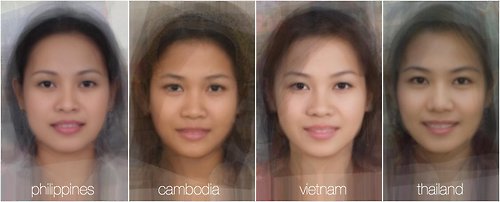
Recent genomic studies finally revealed the origin of Basal-East Asians (East-Eurasians), which are ancestral to modern East Asians, Andamanese, as well as Ancestral Native Americans, and can be dated back to 58,000 BC.
Yes, this is far older than we previously suggested, some two years ago, which makes these findings so interesting and relevant for the population history of modern humans.

Basal-East Asians originated, expanded, and diverged in (Mainland) Southeast Asia, and gave rise to closely related subgroups, which are ancestral or largely ancestral to modern East Asians, Andamanese people (Onge), Hoabinhians hunter-gatherers, Paleo-Siberians, Jōmon people, and Ancestral Native Americans, among some others.
Let’s take a look at the specific results:
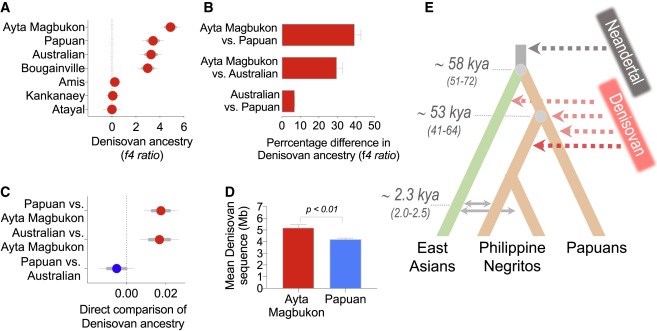
Basal-East Asians (East-Eurasians) split from West-Eurasians and Australasians (Australo-Melanesians) already in 58,000 BC and could be traced back to (Mainland) Southeast Asia. From this region, Basal-East Asian groups expanded Northwards and Southwards respectively in several waves, with the major expansions starting at 50,000 BC to 40,000 BC.
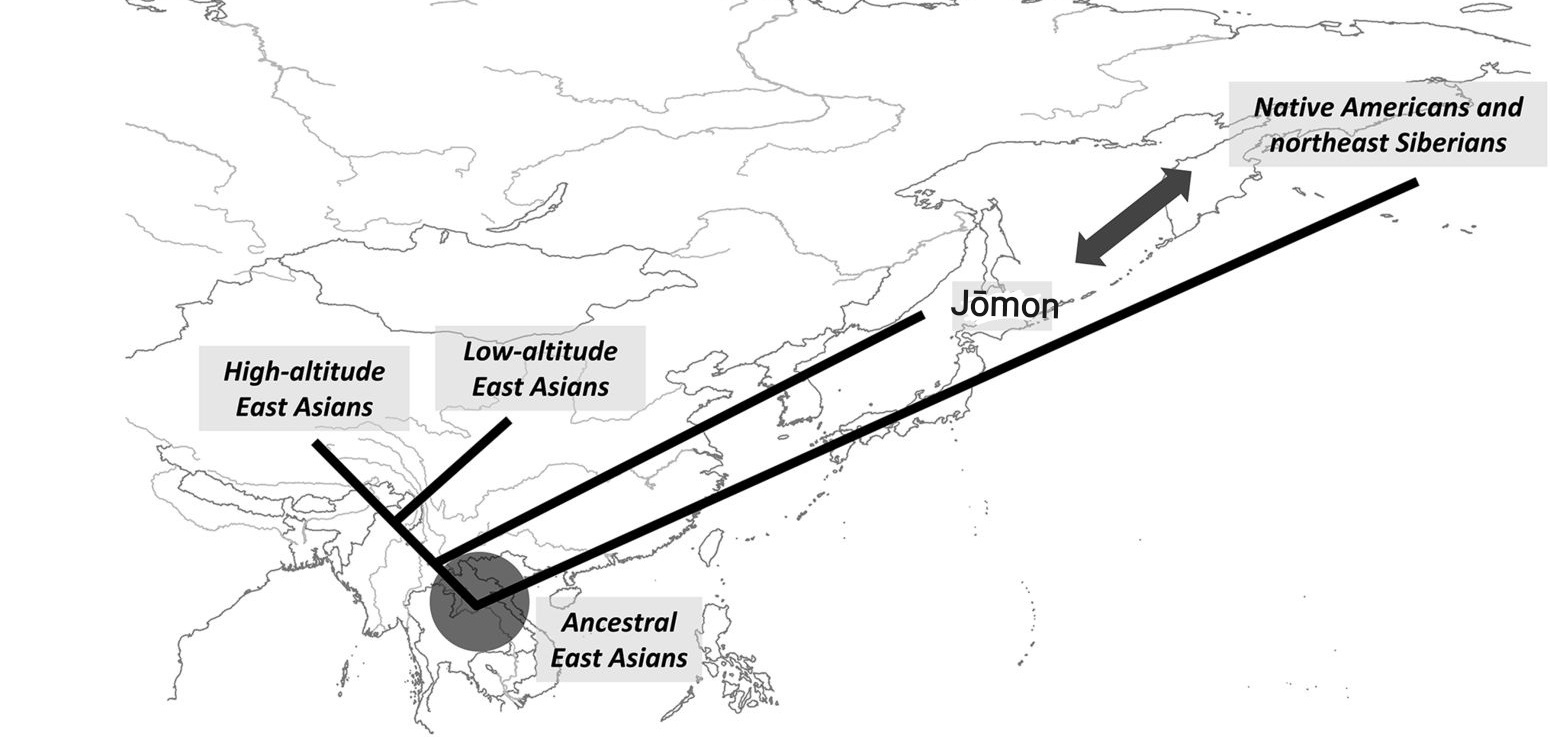
Among noteworthy branches:
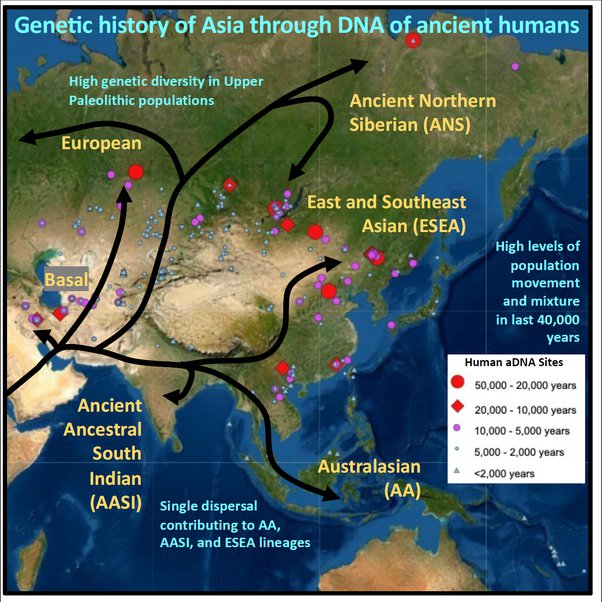
- Andamanese (samplified by the Onge) and Hoabinhians split from the common ancestor of East Asians between 40,000 to 27,000 years ago.
- Ancestral Native Americans were split between 36,000 to 23,000 years ago.
- Jōmon people of Japan and the Himalayans (Ancient Tibetans) split between 25,000 to 15,000 years ago.
- Paleo-Siberians split between 22,000 to 18,000 years ago.
- Northern East Asia and Southern East Asia split with each other about 12,000 years ago.
Basal-East Asians (East-Eurasians) descended from one of the migration groups using the southern Himalayan route into Southeast Asia.
The old hypothesis that Andamanese (Onge) are related to Australo-Melanesians has been disproven. The population history of Southeast Asia is rather complex, but recent evidence revealed migration patterns. Andamanese people are genetically closely related to East Asians, compared to any other human population, and descended from the same ancestral population as modern East Asians.
Modern Australo-Melanesians populations turned out to have noteworthy amounts of Basal-East Asian (Andamanese/Hoabinhian/Tianyuan-like) and neo-East Asian (Austronesian) admixture, but descend largely from an earlier South-Eurasian lineage, which forms an outgroup to other Eurasian lineages.
SOUTH EAST ASIA
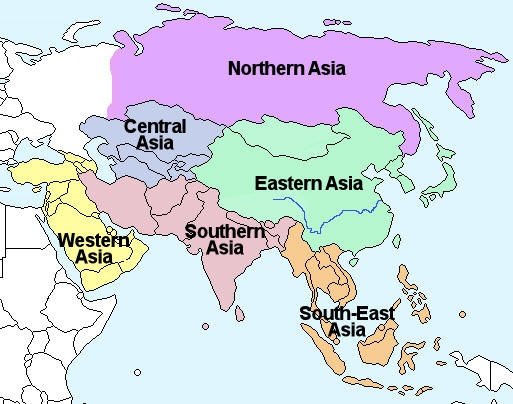
A- INSULAR REGIONS
B INDOCHINA
Southeast is southeast, not east or south, so Southeast Asia is Southeast Asia. It was a regional division made by Europeans based on cardinal directions and accepted by the people. It would be confusing to say that Southeast Asia is part of East Asia or South Asia. What is true is that Southeast Asia is part of Asia. It is called Southeast Asia because it is considered to be southeastern Asia.
WEST AND CENTRAL ASIA
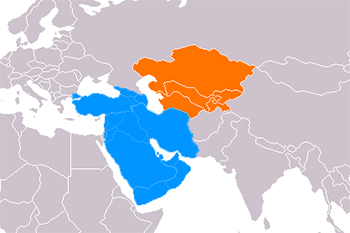
3A- CENTRAL ASIA AND AFGHANISTAN
3B- NORTH AFRICA –WEST ASIA GEOGRAPHY- HISTORY
3C- EGYPTIAN GEOGRAPHY AND HISTORY
3D- OTTOMAN EMPIRE
3E- PERSIAN-IRANIAN GEOGRAPHY-HISTORY
3F- MESOPOTAMIA-IRAQ-GEOGRAPHY-HISTORY
3G- IRAN-IRAQ RELATION
3H- ISREAL
3I- MIDDLE EAST –CRISIS- ARAB ISREAL
SOUTH ASIA
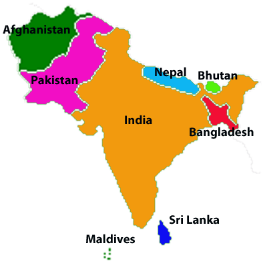
South Asia is the southern subregion of Asia, which is defined in both geographical and ethnic-cultural terms. The region consists of the countries of Afghanistan, Bangladesh, Bhutan, India, Maldives, Nepal, Pakistan, and Sri Lanka.
South Asia as the preferred term is particularly common when scholars or officials seek to differentiate this region from East Asia. According to historians Sugata Bose and Ayesha Jalal, the Indian subcontinent has come to be known as South Asia “in more recent and neutral parlance.”







